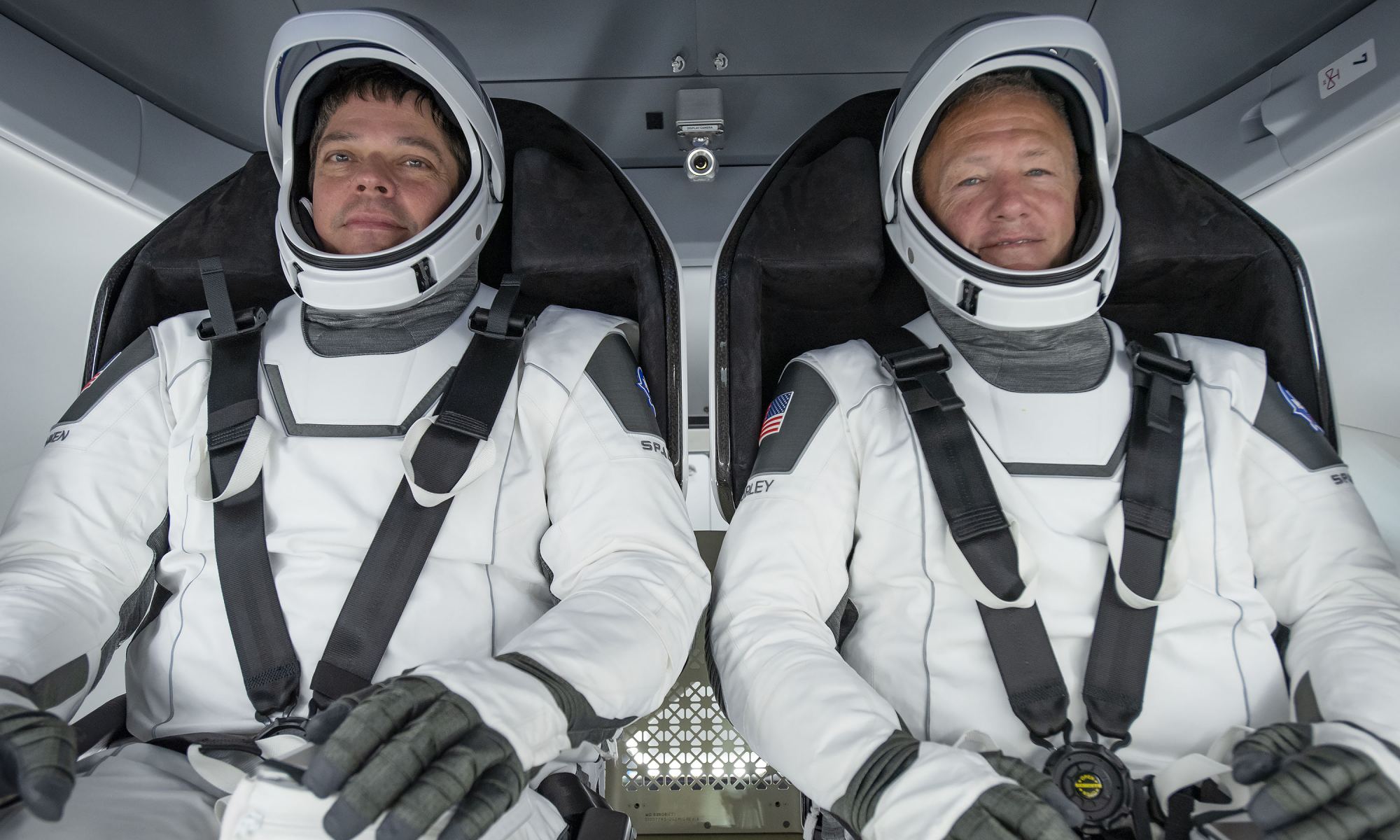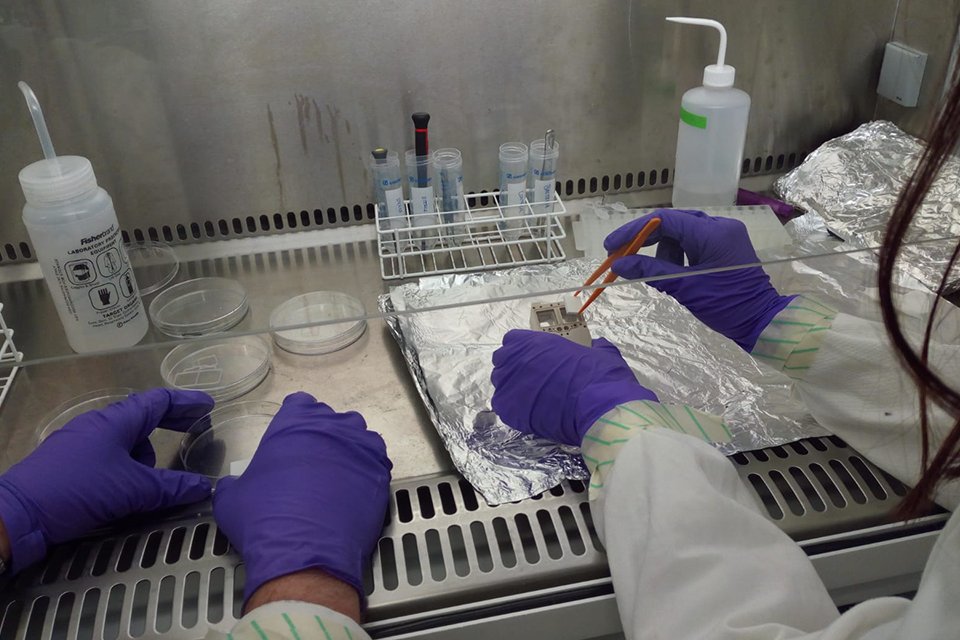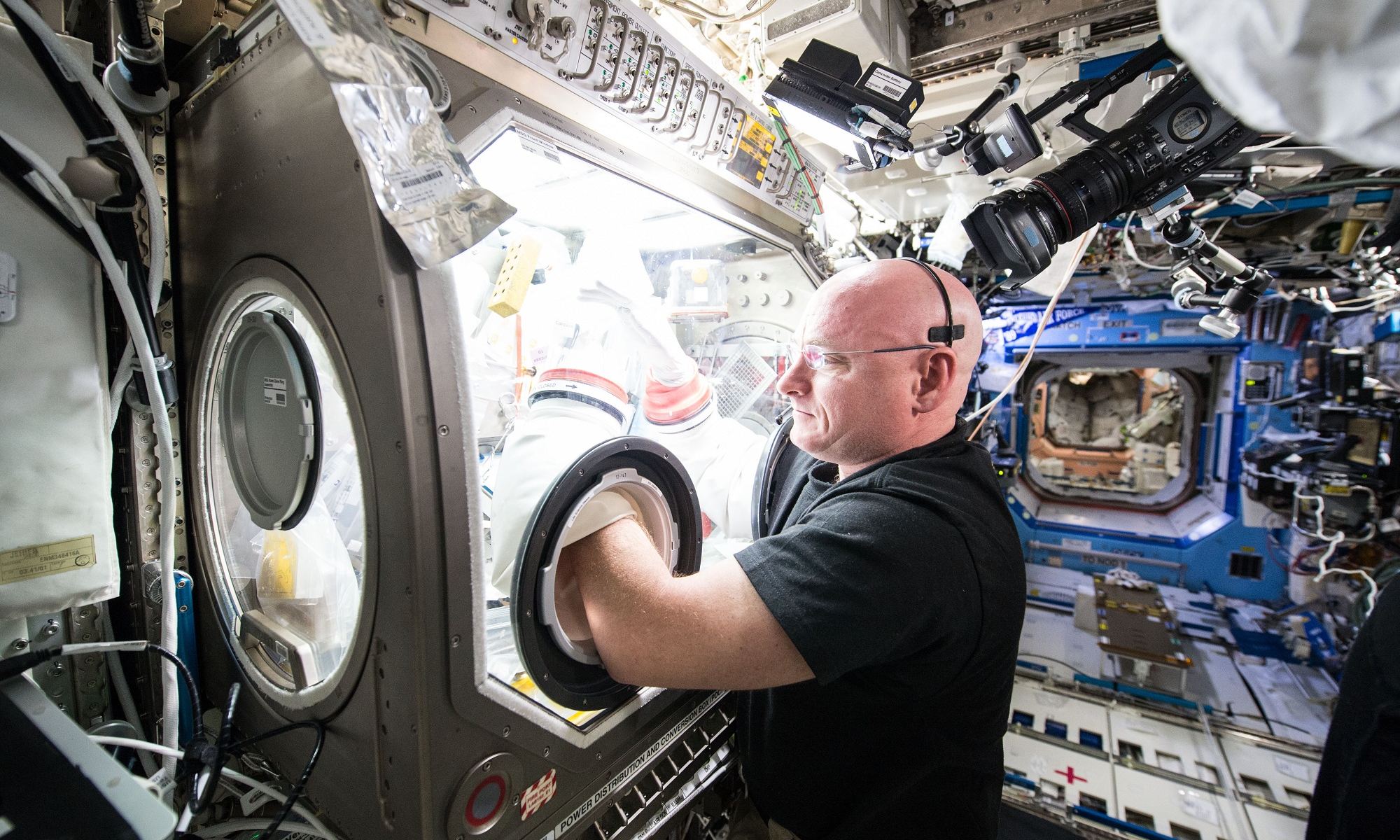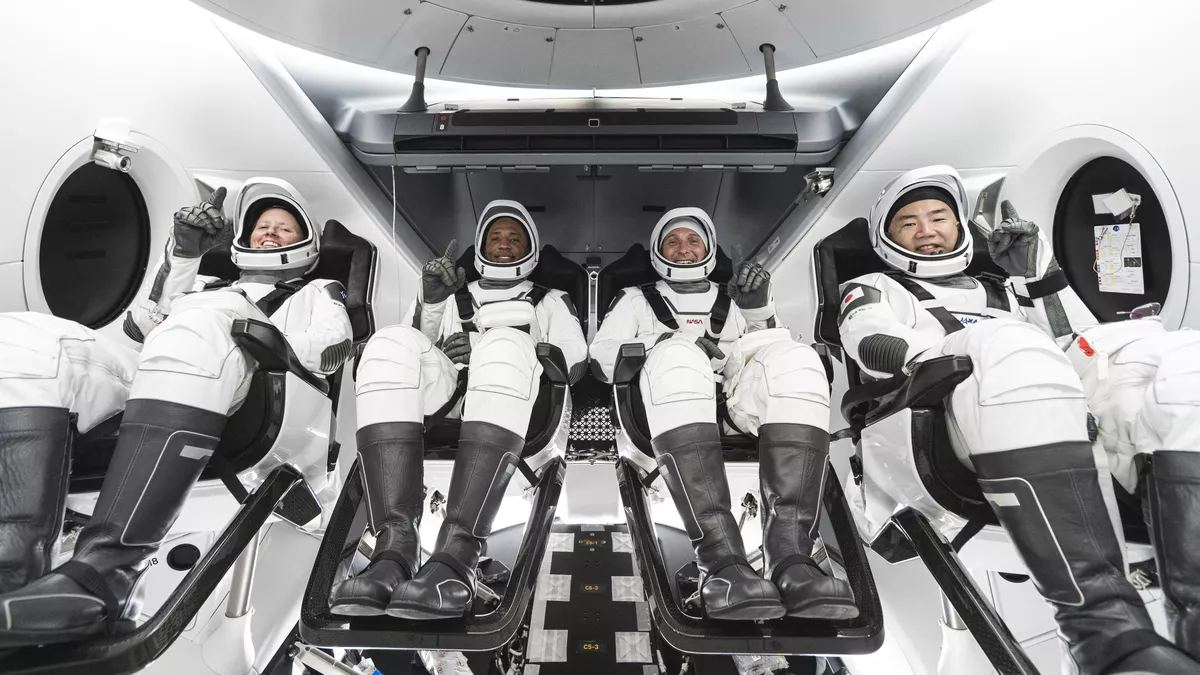Mining is traditionally thought of as an activity that utilizes picks and shovels, or in more modern times, huge machines that can tear apart entire mountainsides in minutes. Industrial might isn’t the only way to rip apart rock though. A scalable and much more environmentally friendly way to access the materials mining seeks to extract is to use microbes. Such techniques are already widely used in terrestrial mining operations. But recently, a team led by the University of Edinburgh have launched an asteroid mining experiment using microbes on the International Space Station (ISS).
Continue reading “We’re About to Find Out How Well Biomining Works in Space”Health Issues From Spaceflight Might Originate in the Mitochondria
It’s not easy living and working in space for extended periods of time. As NASA’s Twins Study illustrated, microgravity takes a toll on human physiology, which is followed by a painful transition back to normal gravity (just ask Scott Kelly!) Aside from muscle and bone degeneration, there’s diminished organ function, effects on cardiovascular health, the central nervous system, and “subtle changes” on the genetic level.
Until now, the biggest unanswered question was what the underlying cause of these physical impacts was. But after reviewing all of the data accumulated from decades of research aboard the International Space Station (ISS) – which included the Twins Study and DNA samples taken from dozens of astronauts – an international team of researchers came to the conclusion that mitochondria might be the driving force for these changes.
Continue reading “Health Issues From Spaceflight Might Originate in the Mitochondria”Spacefaring Worms Show How Gravity Affects Genes
In this decade and the next, humanity is poised to go to space like never before. National space agencies will be sending astronauts back to the Moon for the first time since the Apollo Era, private launch services will spearhead the commercialization of Low Earth Orbit (LEO), missions to the outer Solar System will search for evidence of extraterrestrial life, and crewed missions to Mars are on the horizon.
In preparation for this, a considerable amount of research is being done aboard the International Space Station (ISS) to determine how extended periods of time in space can affect living beings on the genetic level. In a recent experiment, a team of researchers from the University of Exeter conducted an analysis of worms on the ISS and noted “subtle changes” in their genetic makeup.
Continue reading “Spacefaring Worms Show How Gravity Affects Genes”There’s Fabric on the Space Station That Scientists Are Using to “Listen” for Space Dust Impacts
One of the biggest threats to the International Space Station (ISS) comes from micrometeoroid impacts. A small hole in the wrong place can throw the resident astronauts into a life threatening situation. Currently, there is no active program to monitor these types of impacts, though scientists think they must be common given the ubiquity of small objects in the ISS’s orbit. An interdisciplinary team from MIT hopes to provide some data to support that theory by using an extremely unusual impact sensor made almost entirely out of fabric.
Continue reading “There’s Fabric on the Space Station That Scientists Are Using to “Listen” for Space Dust Impacts”Earth’s toughest bacteria can survive unprotected in space for at least a year
A remarkable microbe named Deinococcus radiodurans (the name comes from the Greek deinos meaning terrible, kokkos meaning grain or berry, radius meaning radiation, and durare meaning surviving or withstanding) has survived a full year in the harsh environment of outer space aboard (but NOT inside) the International Space Station. This plucky prokaryote is affectionately known by fans as Conan the Bacterium, as seen in this classic 1990s NASA article.
The JAXA (Japanese Aerospace Exploration Agency) ISS module Kib? has an unusual feature for spacecraft, a front porch! This exterior portion of the space station is fitted with robotic equipment to complete various experiments in outer space’s brutal conditions. One of these experiments was to expose cells of D. radiodurans for a year and then test the cells to see if they not only would survive but could reproduce effectively afterward. D. radiodurans proved to be up to the challenge, and what a challenge it was!
Continue reading “Earth’s toughest bacteria can survive unprotected in space for at least a year”SpaceX’s Resilience Spacecraft has Lifted Off and is Headed for the ISS!
Earlier this evening (Sunday, November 15th, 2020), NASA and SpaceX achieved another historical milestone. Six months after successfully sending astronauts Robert Behnken and Douglas Hurley to the ISS with the Demo-2 mission, the US demonstrated the restoration of domestic launch capability by sending the fully-crewed Crew Dragon spacecraft (Resilience) on an operational mission to the ISS.
Continue reading “SpaceX’s Resilience Spacecraft has Lifted Off and is Headed for the ISS!”ISS Crew Return Safely to Earth
On the evening of Wednesday, Oct. 21st, the crew of Expedition 63 finally returned to Earth after spending 196 days in space. It all began when NASA astronaut Chris Cassidy (commander) and Russian cosmonauts Ivan Vagner and Anatoly Ivanishin (both flight engineers) departed the International Space Station (ISS) aboard their Soyuz spacecraft at 07:32 PM EDT (04:32 PM PDT) and landed in Kazakhstan by 10:54 PM EDT (07:54 PM PDT).
Continue reading “ISS Crew Return Safely to Earth”What Martian Settlers Need to Know About Soil Can Teach us How to Grow Better on Earth
When human beings start living in space for extended periods of time they will need to be as self-sufficient as possible. The same holds true for settlements built on the Moon, on Mars, and other bodies in the Solar System. To avoid being entirely dependent on resupply missions from Earth (which is costly and time-consuming) the inhabitants will need to harvest resources locally – aka. In-Situ Resource Utilization (ISRU).
This means they’ll have to procure their own sources of water, building materials, and grow their own food. While the ISS has allowed for all kinds of experiments involving hydroponics in space, little has been done to see how soil fares in microgravity (or lower gravity). To address this, Morgan Irons – Chief Science Officer of the Virginia-based startup Deep Space Ecology (DSE) – recently sent her Soil Health in Space experiment to the ISS.
Continue reading “What Martian Settlers Need to Know About Soil Can Teach us How to Grow Better on Earth”The Air Leak on the International Space Station is Worse Than Previously Believed
On Tuesday, Sept. 29th, the Russian State Space Corporation (Roscosmos) announced that astronauts aboard the International Space Station (ISS) had found the source of a suspected leak. The crew of Expedition 63 – NASA astronaut and Commander Chris Cassidy and Russian cosmonauts Anatoly Ivanishin and Ivan Vagner – had been searching for this leak since August, and determined that it was “beyond expected levels.”
Roscosmos also said in a statement that “it was established that the spot is located in the Zvezda (star) service module, which contains scientific equipment.” They also emphasized that the leak “is not dangerous for the life and health of the ISS crew and does not prevent the ISS continuing manned flight.” Nevertheless, the amount of atmosphere lost may require additional oxygen to be pumped into the station.
Continue reading “The Air Leak on the International Space Station is Worse Than Previously Believed”Astronauts Come Back to Earth on August 2nd, Completing the Full Crew Dragon Test

On May 30th, SpaceX and NASA made history when a Crew Dragon spacecraft carrying two astronauts (Robert Behnken and Douglas Hurley) launched atop a Falcon 9 rocket and rendezvoused with the International Space Station (ISS). With this one flight, NASA and SpaceX demonstrated that the US once again has domestic launch capability, something they have not enjoyed since the retirement of the Space Shuttle in 2011.
In one week, Sunday, August 2nd, Robert and Douglas will be returning to Earth using the same Crew Dragon spacecraft (named Endeavour) that took them to the ISS. This is the most crucial part of Demo-2 flight, where the spacecraft is tasked with bringing the astronauts home, safe and sound. As you can imagine, there are a lot of people who are understandably nervous, not the least of which is SpaceX founder Elon Musk.
Continue reading “Astronauts Come Back to Earth on August 2nd, Completing the Full Crew Dragon Test”








